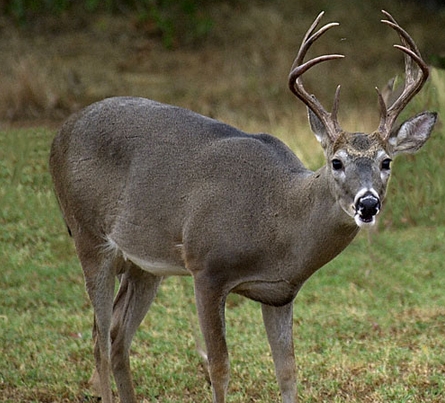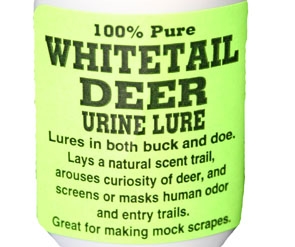
White-tailed deer hunters are a varied lot. Just as with deer, some are young and naive while others are older, wiser, and pay a lot more attention to detail. And hunting, like life, is all about the details. Trust me, a mature white-tailed buck pays a lot of attention to details and so should you. With that said, here are a few hunting tips to take with you next time you head into the woods. New hunters, file these tips away. Seasoned hunters, consider it a refresher. Now, here are some key tips when heading out whitetail hunting:
Look for Food Sources
This is rather simple. In wooded areas, look for mast producing trees like oaks and pecan. If trees have mast under them, deer will be there. If agricultural fields are nearby, deer will get there. Look for standing corn, wheat fields, alfalfa, and oats. Oh, and do not miss areas that have been either intentionally or unitentionally burned recently. Deer will frequent these areas to get succulent regrowth and cool-season forbs.
Learn the Lay of the Land
By knowing the area where you’re hunting, you’re more likely to be successful. So you know where the food is, but where are the deer coming from? What routes offer the best protection and are the easiest travel corridors for deer to use? Identify the terrain and natural funnels and take advantage of them. This could be anything from a wooded fenceline to a draw on a hill to a trail beside a river.
Know When to Call and Rattle
Just because you have a deer call doesn’t mean you know what you’re doing. The same goes for a set of rattling antlers. I once heard that timing is everything. This is very true when it comes to using audible noices to attract bucks. Whitetail bucks are much more active and likely to respond during certain periods. Discover when this time is in your neck of the woods. Learn what vocalizations are effective and when, then learn to immitate them. Learn when, where, and how to rattle effectively. Know the limitations of rattling.
Take Advantage of the Rut
During rutting season, hunt specific areas where you know there are lots of does. In addition, hunt those areas in the general area where you know a mature buck resides. This offers your best chance at having a smart deer make a stupid mistake. Because bucks are preoccupied during this time, choose to hunt areas that offer good visibility.
Hide Your Scent, Use Theirs
Scent is the number one way deer detect danger. Even though numerous products are on the market that disguise human scent, they all fail at some point. Pay very close attention to the direction of the wind. Have two or more locations to hunt depending upon the direction of the wind. Learn how deer communicate through leaving and detecting deer scent. Eliminate your scent and use theirs to give you the advantage.

Hunt the Cold Fronts
This is very important at southern latitudes where cold weather comes and goes rather quickly during the fall and early winter. Whitetail deer will be more active and more visible the first few days after a cold front passes through an area. If you can hunt cool weather during the rutting period, your odds are that much better.
Be Safe and Prepared
Hunting is all about getting outdoors and having fun. Make sure you keep your equipment in excellent working condition and it will save on the frustration and keep you in a good state of mind. Don’t take chances. Unload your gun before crawling over a fence. Use a safety lanyard when climbing and hunting from an elevated position. Be careful when cleaning game by yourself. A fall from a tree or even a serious cut can become life-threatening when others are not around to assist you. Do not under estimate caution and check out this article for more hunting safety tips.
Leave a game plan with a friend, spouse, or family member to let them know where you are going, when you are going to check in, and when you are returning home. If you have a cell phone, carry it. Keep a first-aid kit in camp, in your truck, and in your hunting pack. I hope you never need it. But if you do, you’ll be glad you have it.